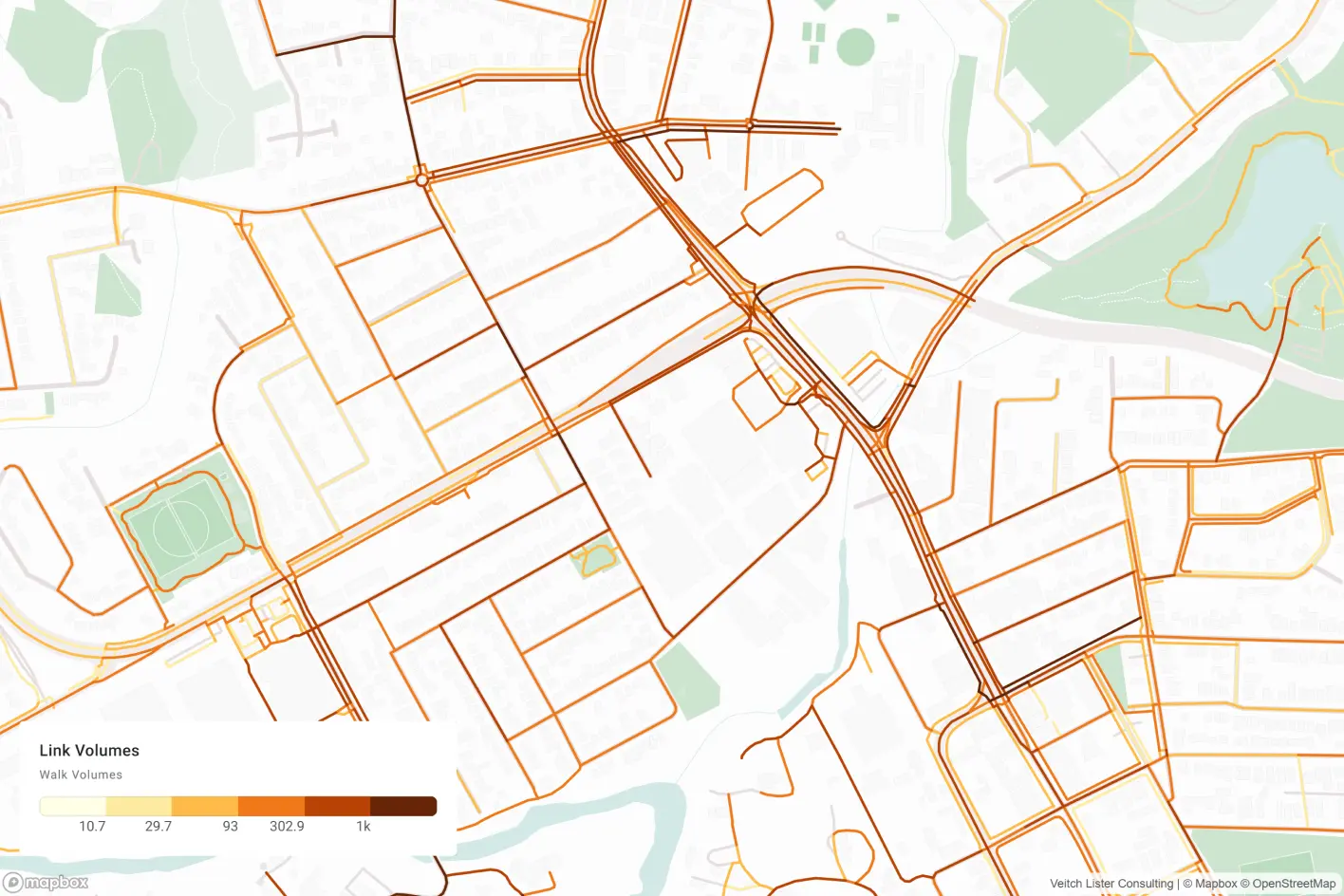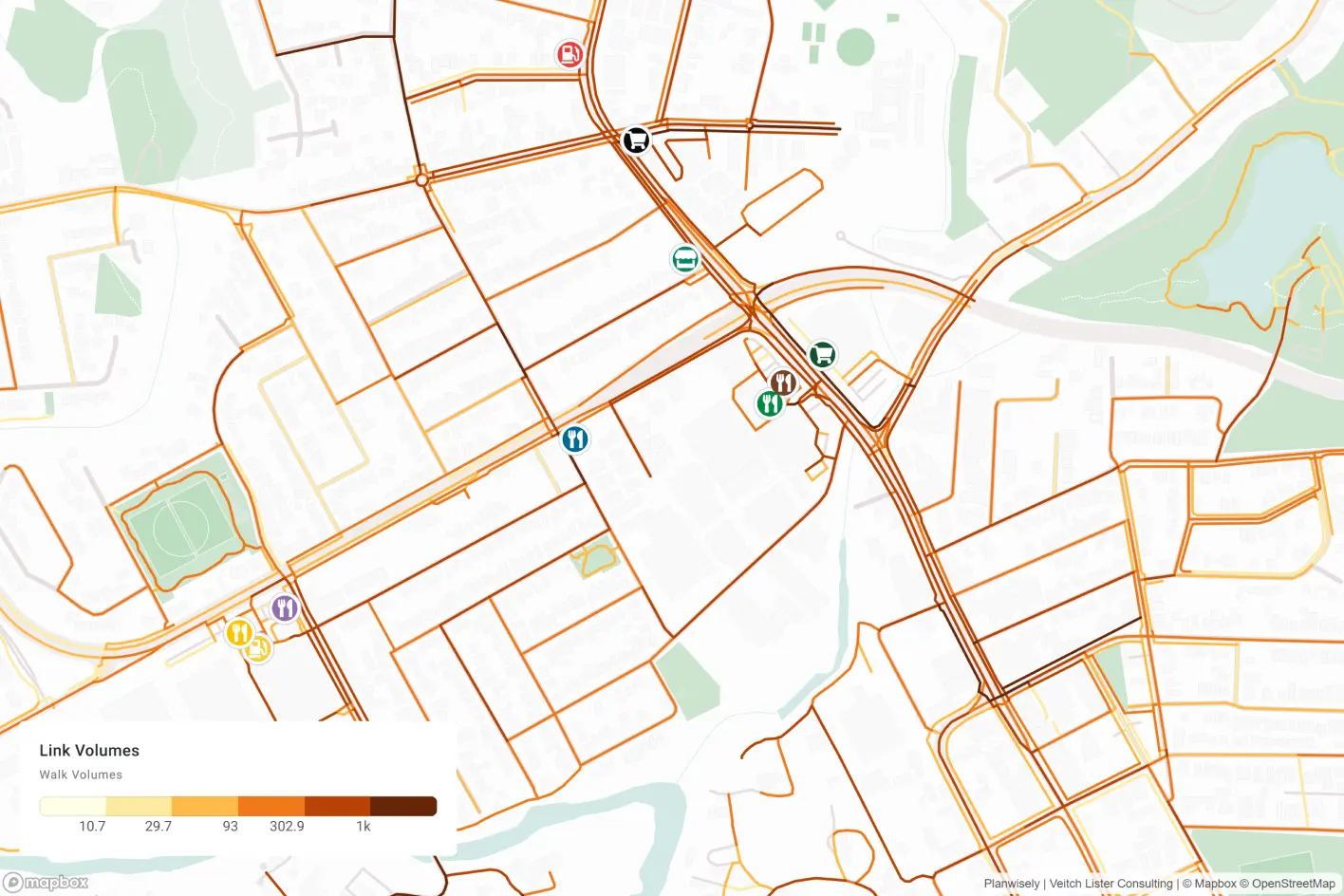In the constantly evolving and highly competitive world of retail, data might just be the new storefront.
Online analytics have guided digital strategy for many years, but now physical retail is catching up - thanks in large part to foot traffic data. Foot traffic data is an effective lever for uncovering location intelligence, helping retailers make smarter decisions, optimise operations and unlock new growth opportunities in dynamic ways.
Why foot traffic data matters
Foot traffic data captures how people move through physical spaces — how many pass by, when they visit, how long they stay, and where they go next. For retailers, this means gaining visibility into real-world behaviour that was once invisible. It’s no longer just about where your store is, it’s about how people interact with it.

1. Smarter site selection
Choosing the right location is one of the most high-stakes decisions a retailer can make. Traditional methods – like demographic reports or gut feel – are no longer enough. Foot traffic data adds a layer of precision, showing actual visitation patterns by time of day, day of week, and season. Retailers can compare potential sites side by side, assess visibility and accessibility, and even benchmark against competitors, helping you make more confident decisions and avoid costly mistakes.





.jpg)



